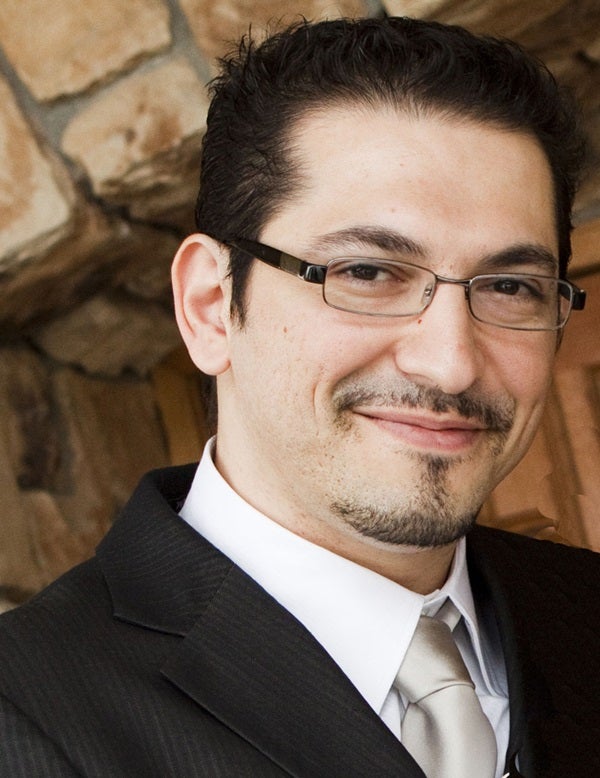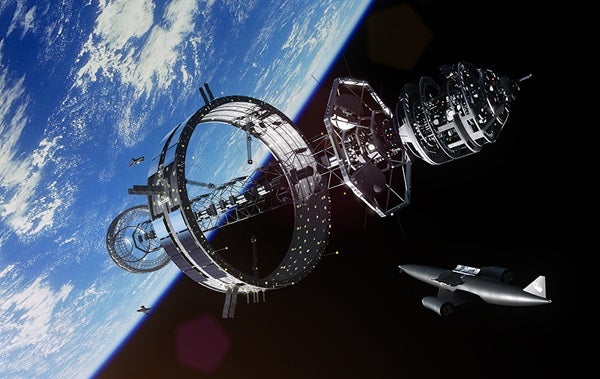As I mentioned in the story, we know this in part thanks to Project Daedalus, a 1970s study that examined in a serious, technical way how to transport material to Barnard’s Star, 5.9 light-years distant. In 1978, the analysis showed how current or near-future technologies could achieve this interstellar capability, resulting in a theoretical unmanned probe weighing 55 tons making the one-way trip in 46 years (reaching a maximum speed of 12.2 percent the speed of light on the way).
One of my main sources for the article was Andreas Tziolas of the University of Alaska Anchorage, a vice president at Icarus Interstellar, which is a follow-up study to Project Daedalus (as the mythological name implies). In addition to the information that made it into the article, he also talked at length about this modern update at realizing interstellar spaceships, including the public’s reaction to such an outlandish-seeming goal:
“Public reaction to Icarus Interstellar has been truly remarkable. The field of interstellar spacecraft research has been a fringe field for many decades, with various groups conducting one-off studies with no vision for a sustainable multidisciplinary and multidecadal research plan. We live at a time where imagination impinges on reality and the Internet makes educational resources ubiquitous. We have seen the incredible power of crowd-contributed content in Wikipedia, effectively the world’s first and most successful crowd-research portal.
“The reason why Icarus has been successful in implementing organized interstellar research plans is because we have been successful in assembling a team of hundreds of incredibly willing and capable people out there starving to learn more about space exploration, and who are willing to contribute hundreds of hours of volunteer work per month. Icarus currently has 48 designers and consultants from all over the world who have contributed approximately 10,000 man-hours of research to date, and have attended nine international conferences representing Icarus with 16 peer-reviewed publications and 89 internal phase studies building up to designing the spacecraft. I would make a personal note that Icarus has profoundly capable program managers leading each of our research efforts and a robust administrative structure, currently led by President Richard Obousy. Icarus Interstellar has achieved all this with no formal funding source.
“Project Icarus is currently in phase four of 10, while we have launched 10 other projects, including an experimental research group. We also have our Icarus students, Tiffany Frierson (U.S.), Divya Shankar (India), and Christopher Pickard (Canada) conducting a supervised design project, re-examining the Project Longshot spacecraft study, conducted in 1987 by U.S. Naval Academy aerospace engineering students. Anyone willing to participate, with a good head on their shoulders and a passion for space exploration can participate in our studies.”
Anyone interested in joining the effort, or curious for even more information, can visit www.icarusinterstellar.org. As Tziolas points out, scientific progress is littered with breakthroughs that might once have seemed equally outlandish.
“In 1901, H. G. Wells published The First Men in the Moon. Neil Armstrong walked on the lunar surface in 1969, only 68 years later.
“In 1897, J. J. Thomson discovered the electron. The first ground experimental nuclear rocket engine (XE) was tested in Jackass Flats, Nevada, only 70 years later.
“In 1946, the world’s first computer, ENIAC came online. In 2011, the iPhone 4S delivers unprecedented mobile computing power to the palm of our hands, only 65 years later.
“In 2011, Icarus Interstellar was formed. Our mission is to achieve interstellar flight by 2100.”











